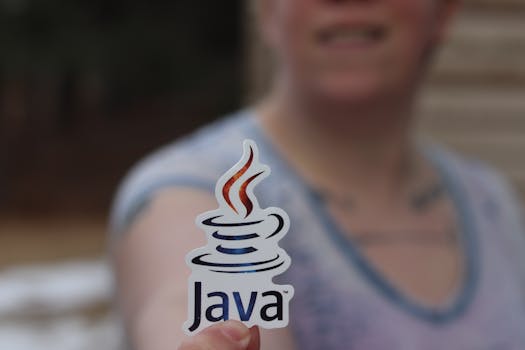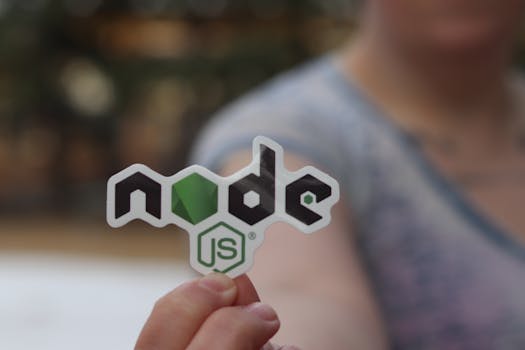🧪 Unit Testing Unlocked: Write Confident, Reliable Code
🧾 Course Description
Unit testing is the foundation of reliable software development. It ensures that each piece of your application works as expected, reducing bugs and increasing confidence during updates, refactoring, and deployment.
In “Unit Testing Unlocked”, you’ll learn the principles, tools, and practices of writing effective unit tests for functions, modules, and classes using popular frameworks like JUnit (Java), PyTest (Python), or Jest (JavaScript). This hands-on course helps developers of all levels build testable code with real-world examples, mock objects, test-driven development (TDD), and CI integration.
✅ Key Benefits
- 🔒 Code with Confidence — Catch bugs early and prevent regressions
- 🧠 Write Better Code — Testing improves architecture and design
- 🚀 Refactor Fearlessly — Maintain clean code with long-term stability
- 🔁 TDD-Ready Mindset — Build features by writing tests first
- ⚙️ CI/CD Integrated — Automate testing as part of build pipelines
🎯 Pre-requisites
- Comfortable with a programming language (Java, Python, JavaScript, etc.)
- Familiarity with functions, classes, and control flow
- Optional: exposure to Git or build tools like Maven/npm is helpful
- No prior testing experience required
📚 Curriculum Breakdown
📘 Module 1: Introduction to Unit Testing
- What is unit testing? Why it matters
- Unit tests vs integration, system, and E2E tests
- Choosing a testing framework: JUnit, PyTest, Jest
🧪 Module 2: Writing Your First Unit Test
- Basic test structure: Arrange, Act, Assert
- Asserting values and conditions
- Running tests and viewing results
📦 Module 3: Organizing Test Code
- Test naming conventions and file structure
- Setup and teardown methods
- Grouping and parameterizing tests
🔄 Module 4: Mocking & Dependency Injection
- Why and when to mock
- Using mock libraries (Mockito, unittest.mock, Jest Mocks)
- Testing isolated units of code with fake dependencies
🧱 Module 5: Test Coverage and Code Quality
- Understanding coverage reports
- Balancing test quality vs test quantity
- Mutation testing (intro)
🔁 Module 6: Test-Driven Development (TDD)
- Red-Green-Refactor loop
- Writing minimal code to pass tests
- Refactoring with confidence
🚦 Module 7: CI Integration and Automation
- Running tests in CI pipelines (GitHub Actions, Jenkins, etc.)
- Failing fast and triggering alerts
- Badges, reports, and best practices
🧪 Module 8: Final Project
- Test Suite for a Mini App or Library
- Write unit tests for business logic
- Mock external dependencies
- Achieve meaningful test coverage
- Automate with CI tool (optional)
⏱️ Estimated Duration
| Daily Study Time | Estimated Duration | Ideal For |
|---|---|---|
| 2 hours/day | 10–12 days (~2 weeks) | Steady conceptual + hands-on |
| 4 hours/day | 5–6 days (1 week) | Balanced pace with real examples |
| 6 hours/day | 3–4 days (bootcamp) | Project-driven immersive learning |
🎓 Outcome
By the end of Unit Testing Unlocked, you will:
- Write robust unit tests for your codebase
- Use mocks and test doubles for isolation
- Understand how testing improves software quality
- Integrate automated tests into CI pipelines for long-term stability




